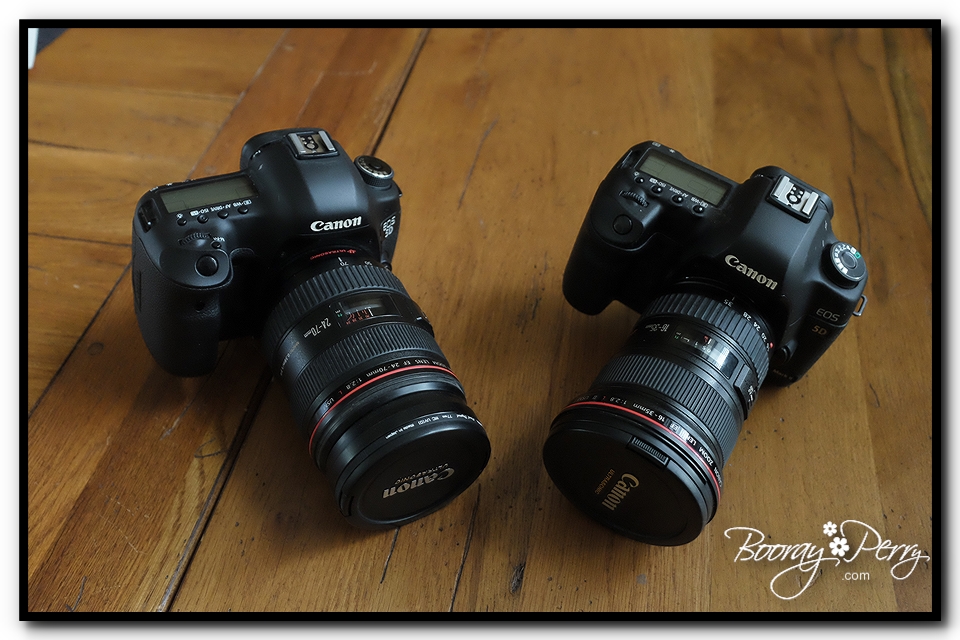Wedding Photography and The Backup Camera
Earlier this year I was photographing a wedding at Sunken Gardens in St. Pete. The guests were arriving, my camera case was sitting off to the side with all my gear in it and my handy, Speed Dial Master Lock (I love this thing). I was wandering around, snapping pictures of the string quartet, the flowers, etc.
Then, the ceremony was about to start. I took my position at the front of the aisle, raised my camera to check the exposure……. and nothing happened.
“What the hell…” I thought. Quickly, I lowered my camera and checked my settings. Everything looked okay. I tried again…. nothing. I looked at the screen, instead of the normal numbers that appear for the aperture setting, it just had, “00.”
Now, my heart is racing. I quickly walked to the back of the ceremony area and caught the planner. “Hold the entrance, ” I said, “I’ve got a malfunction.” Then, I moved to my camera case, grabbed my backup camera and moved to the front of the aisle again, just in time to catch the first bridesmaid as she walked down. (the planner decided not to hold the line).
Lucky for me, I always carry a back-up camera.
Four years ago I was shooting a wedding at The Sand Pearl in Clearwater. While walking by the pool with the bride and groom, the buckle that held my camera to my strap slipped and my camera fell onto the hard pavers. I keep a filter on the front of my lens, partly as protection against just such an accident. The filter cracked and the lens ring bent. The lens was okay but the cracked filter couldn’t be removed. The lens was useless.
Lucky for me I carry several lenses.
Last year I was photographing a Bar Mitzvah at the Glazier Children’s Museum. When the family was making their entrance, I noticed that every other picture was dark. I quickly went to my case, checked the flash, checked the batteries, no change. I pulled the flash off my camera and replaced it with one of the other two I always carry.
Lucky for me I carry several flashes.
As a full-time working photographer, I can’t tell you how important it is that your wedding or event photographer carry back-up equipment. Yet, in all the consultations that I have done with clients over the years, not one has ever asked me about my equipment. It’s an important question. It’s not enough to carry back-up equipment, he needs to carry good back-up equipment. One of things that you are paying for when you hire a Certified Professional Photographer is reliability and peace of mind. You need assurances that they are prepared for emergencies. This is one of the reasons that good photographers cost more money: They invest in back-up equipment, liability insurance, equipment insurance, etc so that they can always get the job done. (It’s also one of the reasons that I am a member of the Tampa Area Photographers Association. If I were to break my arm the day before your wedding, one phone call would bring several pro photographers to my rescue. It’s never happened but the best insurance is the kind you never have to use..)
So, do your homework. Ask your photographer about his back-up equipment, insurance and emergency plan. A good pro will have equipment and plan in place and you’ll be able to rest easy knowing that you’re in good hands.
By the way, the camera malfunction was a lens that was not seated properly, the lens and the flash had to be sent back to Canon for repair. My back-up camera used to be my main camera. In fact, almost all the pictures you see on my website were shot with what is now my back-up camera.
Crop Ratios – Why is my picture so wide?
There’s a lot of math involved with being a photographer… a lot more than you think. One of the things that I find myself explaining to people is “Crop Ratios”… that is, the size and shape of your prints and why it’s not a great idea to crop your digital files too tightly.
Sound confusing? It’s actually not and I’ve made a little video that explains it all. :)
The Price of Good Wedding Photography
It’s harder now to find the right wedding photographer than any time in the past. The “digital revolution” has led to hundreds of new photographers. Camera’s are cheaper, there’s no film or developing cost… it’s never been easier to buy a camera and market yourself as a wedding photographer.
So, why do some photographers cost $500 and some cost $5000?
In this post, I’m going to let you in on some of the secrets behind modern wedding photography and how you can find the right photographer for your budget.
Let’s start by looking at a broad number: 35%. According to the Professional Photographers Association of America, that’s the target profit margin for a wedding photographer. The target. Many make less. So, for every $1000 that a photographer charges, figure he’s probably taking home $200-$350 after expenses. Of all the vendors you hire for your wedding, your photographer will have the greatest overhead. I carry $15,000 worth of equipment to a wedding… equipment that gets broken and must be repaired or upgraded. I have a website, marketing materials, studio management software, graphic design software, insurance, advertising, etc. That’s where 65%-75% of your money goes.
Still, let’s say a photographer charges $2000 to photograph your wedding. With the above formula, that means he makes, say…$600. You might be thinking, “$600 for one day’s work is pretty good!”
But it’s not one day’s work. It’s a week of work. Unlike the other vendors at your wedding, when the wedding is over your photographer is just getting started. First, let’s not forget the 2-3 hours he has spent meeting with you before the wedding. Add another 5-6 hours if you had an engagement session. Then there’s the 7-10 hours of work on the wedding day. Finally, there can be as much as 20 hours of post-production work on a typical wedding.
So, that $600 is now a week’s salary, not a day.
Okay, we’ve established that photographers don’t get to keep much of their money. The next question is, “If they make so little, how can any photographer afford to shoot for $500-$1000?”
They can’t.
Anyone shooting at that price is not making a living as a photographer. They are a student, or they have another job. Sometimes they are building a portfolio towards being a full-time photographer.
The thing you have to look out for with these photographers is that they have to cut corners in order to be so inexpensive. Note – I started out shooting fairly cheap but I was lucky enough to have some money already. That enabled me to purchase all the necessary gear and backups from the start.
I can’t speak for all photographers but I can use myself as an example that might shed a little light on the differences between high-end and low-end photographers.
Let’s start with the cost of business. A high-end photographer will have a business license, studio management software, liability insurance, a good website, and other marketing tools… all of which cost money.
Equipment: Here’s where the costs really start to pile on. A high-end photographer will be using pro-level gear. What does that mean? It means better picture quality and better enlargements, for starters but the biggest impact is in the area of low-light photography. Basically, high-end camera’s and lenses have the ability to shoot in dark places (like churches and reception halls) much more effectively than cheap gear. This is why, when you look at the website of a low-end photographer, you see so many pictures that were taken outdoors, without a flash. Their indoor pictures don’t look good because they don’t have the right gear. Add to all this the fact that I carry two of everything and you can see where the costs start to mount up. The cost of this level of expert equipment is passed along to the client. So, just because a photographer charges more doesn’t mean he makes more.
Skill and talent: Believe it or not, it takes money to have talent. Hi-end photographers are constantly training, taking classes, reading books, etc in order to improve their craft. We travel to seminars and week-long classes to stay on top of our game.
Assistants – many high-end photographers have an assistant or second-shooter who must be paid.
The bottom line when trying to decide how much money to spend on your photography is to remember that your wedding pictures will be the only thing that is left after the big day. They will last forever and be passed down to future generations. Do you really want to cut corners on your memories? Don’t be the person who looks back in 20 years and says, “I should have hired a better photographer.” No one ever looks back and says, “We should have cut corners on our photography.”
So, at this point you might be thinking, “Very clever Booray… this whole post is designed to convince me that you are worth the money,” Well, yes… but what I really want to do is convince you to hire the photographer that you want, even if it’s not me. Find the photographer who’s work you love and who you will be comfortable having around you all day at your wedding…. and figure out a way to hire them. It doesn’t have to be me… there are plenty of great, professional wedding photographers out there who will do a good job. Just don’t pick according to price. Pick according to quality and professionalism. You’ll be glad you did.


